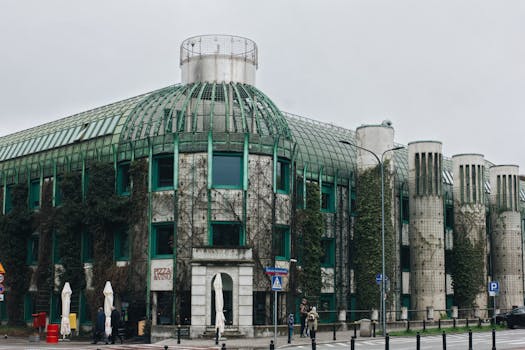
Sustainable Cities: How Europe is Shaping Eco-Friendly Lifestyles by 2025
Sustainable Cities is becoming a trend in Europe, with many cities taking the lead in promoting eco-friendly lifestyles and reducing their environmental impact. As the world grapples with climate change, pollution, and waste management, European cities are showcasing innovative solutions to create a better future for their citizens.
Introduction to Sustainable Cities in Europe
Sustainable Cities in Europe are not just a concept, but a reality that is being implemented in many cities across the continent. From Copenhagen to Barcelona, and from Amsterdam to Berlin, cities are taking bold steps to reduce their carbon footprint, increase energy efficiency, and promote green transportation. The goal is to create a healthier, more sustainable, and more livable environment for citizens, while also driving economic growth and competitiveness.
Key Features of Sustainable Cities in Europe
So, what makes a city sustainable? Some key features of sustainable cities in Europe include:
- Green spaces and urban parks
- Energy-efficient buildings and homes
- Renewable energy sources, such as wind and solar power
- Green transportation options, such as electric and hybrid vehicles, and cycling infrastructure
- Waste reduction and recycling programs
- Sustainable water management systems
Examples of Sustainable Cities in Europe
Let’s take a look at some examples of sustainable cities in Europe:
Copenhagen, Denmark, is a leader in sustainable city development, with a goal of becoming carbon neutral by 2025. The city has invested heavily in green infrastructure, including wind turbines, biomass power plants, and district heating systems.
Barcelona, Spain, is another example of a sustainable city, with a focus on green spaces, energy-efficient buildings, and green transportation. The city has created a network of bike lanes, pedestrianized streets, and electric vehicle charging points.
Challenges and Opportunities
While sustainable cities in Europe are making great strides, there are still challenges to overcome. One of the main challenges is funding, as implementing sustainable infrastructure and technologies can be costly. However, there are also opportunities for investment, innovation, and job creation in the sustainable city sector.
Conclusion
In conclusion, Sustainable Cities is becoming a reality in Europe, with many cities taking the lead in promoting eco-friendly lifestyles and reducing their environmental impact. As we look to the future, it’s clear that sustainable cities will play a critical role in creating a better world for all. By investing in green infrastructure, promoting sustainable transportation, and reducing waste, we can create healthier, more livable, and more sustainable cities for generations to come.





